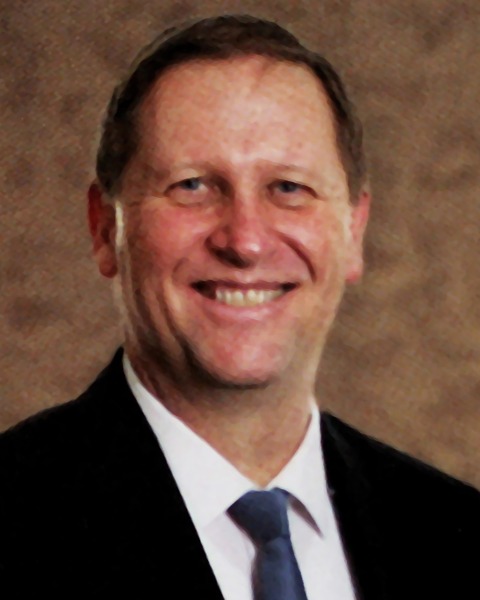2025 AOCS Annual Meeting & Expo.
Surfactants and Detergents
Enhancing Microbial Formulations: Improved Suspension and Bio-compatibility Between Microbial Spores and Surfactants
.jpg)
Sangwook Lim, PhD (he/him/his)
Senior Research Chemist Lead
Stepan Company
Northfield, IL, United States
Ron A. Masters
Research Fellow
Stepan Company
Northfield, Illinois, United States- AN
Alexander Nikoloff
Senior Microbiologist
STEPAN Company, United States
Presenting Author(s)
Co-Author(s)
In recent years, formulations combining microbial spores and surfactants have gained popularity in various markets, including agriculture, consumer products, fermentation, bioremediation, and oil-field, due to the enhanced performance expected from microbial activity. Specifically, microbial enhanced formulations (MEFs) containing microbial spores have demonstrated long-lasting and sustainable performance by digesting undesired chemicals or organic materials, delivering desired outcomes (e.g., microbial enhanced cleaners). However, the use of microbial spores with surfactants is often limited due to the potential inhibition of spores in the presence of surfactants and issues related to sedimentation over time. This study introduces a formulation approach to overcome these challenges, ensuring compatibility, improving stability of MEFs, and driving a synergy between surfactants and biologics. Detailed studies reveal a novel method to overcome the incompatibility between various surfactants and microbial spores, rheological approach to ensure the physical stability of MEFs, and practical evaluation of the enhanced performance. Several case studies demonstrating the successful integration of surfactants and microbial spores are presented. The findings highlight the importance of surfactant self-assembly in MEFs and demonstrate the superior performance of MEFs compared to traditional formulations. This research paves the way for the development of more effective and sustainable products in agriculture and consumer markets.

.png)